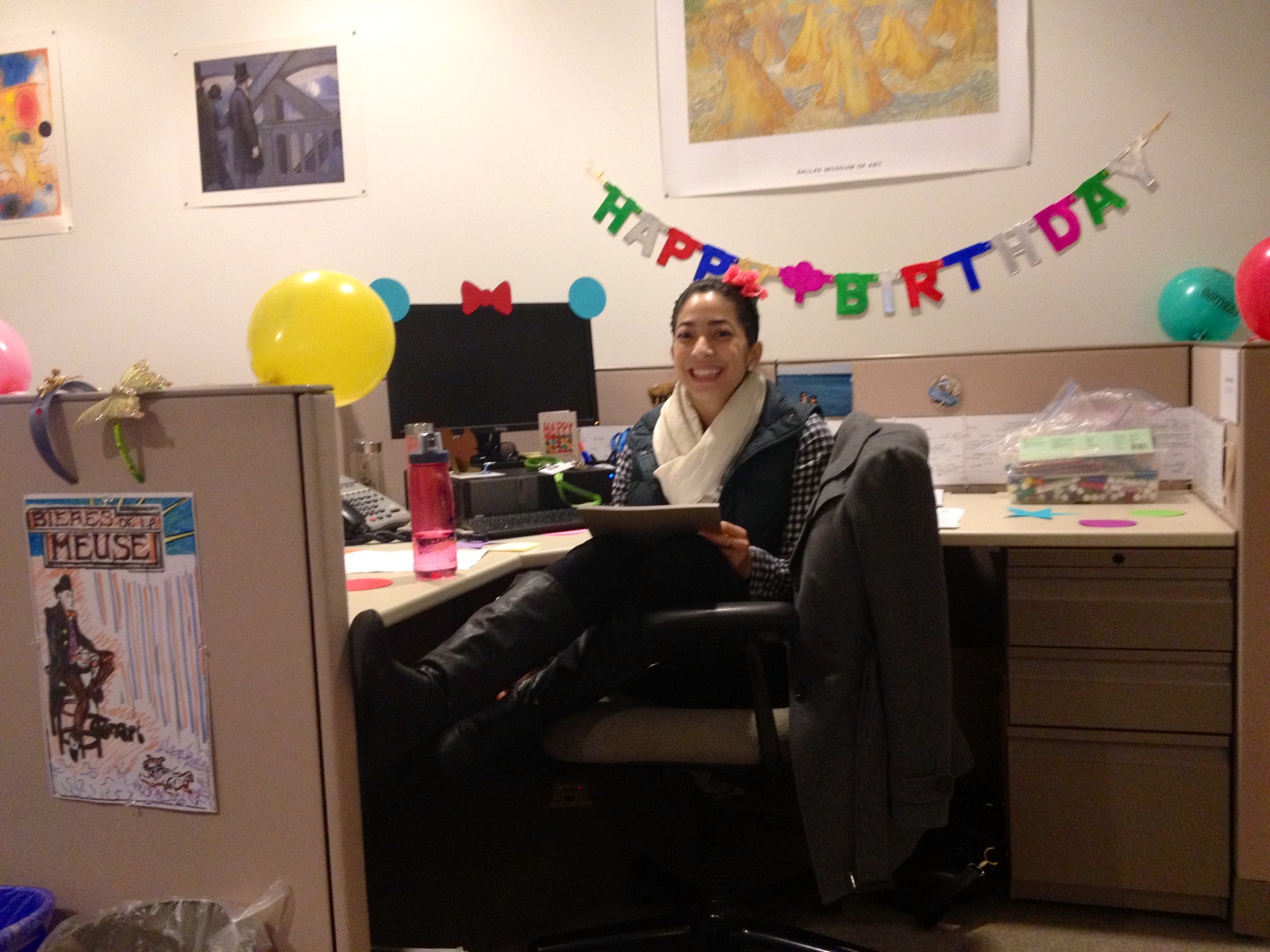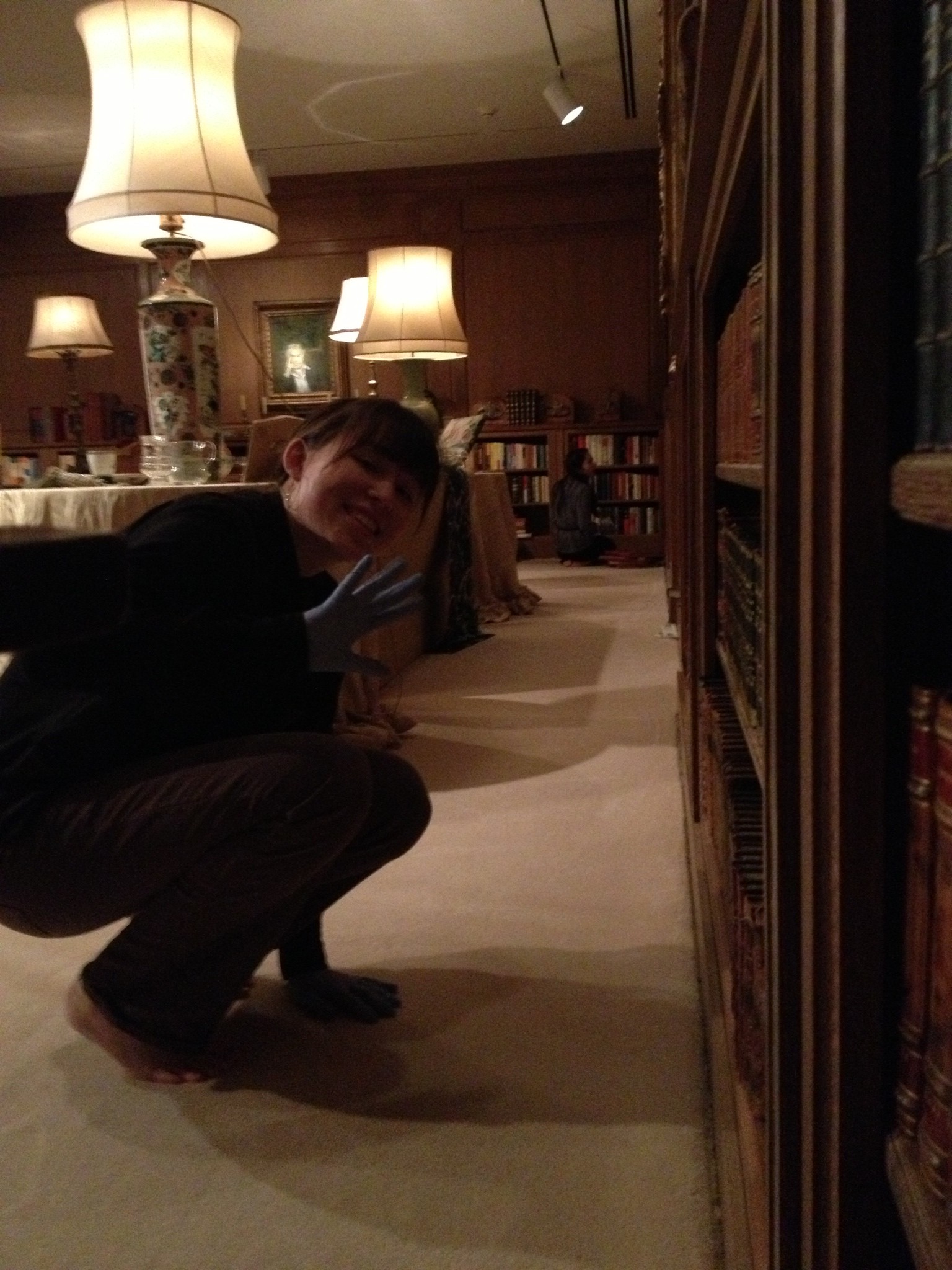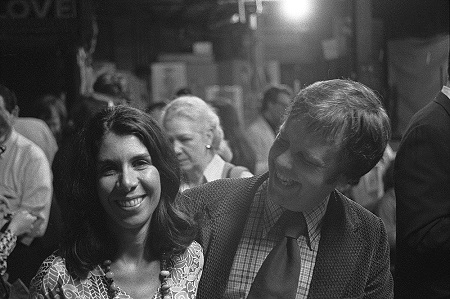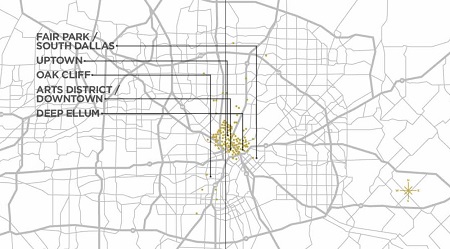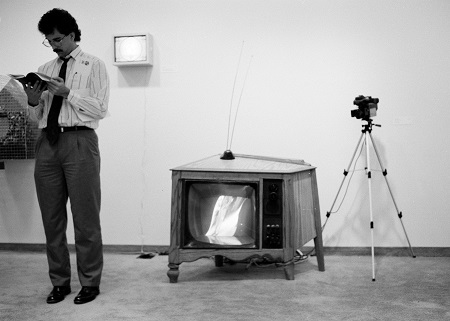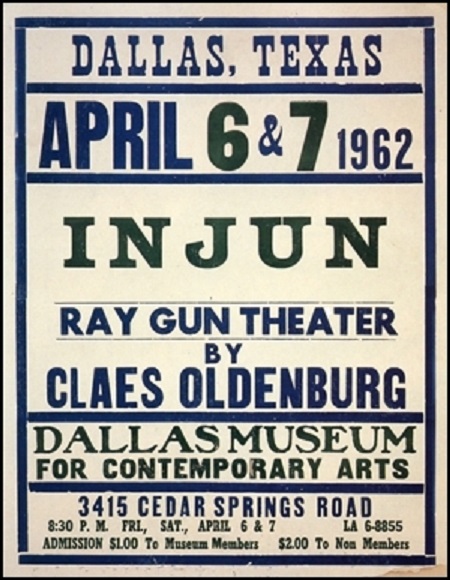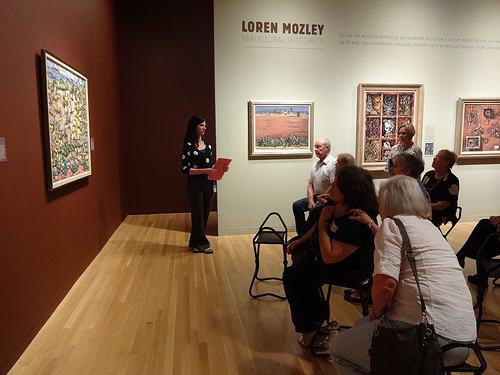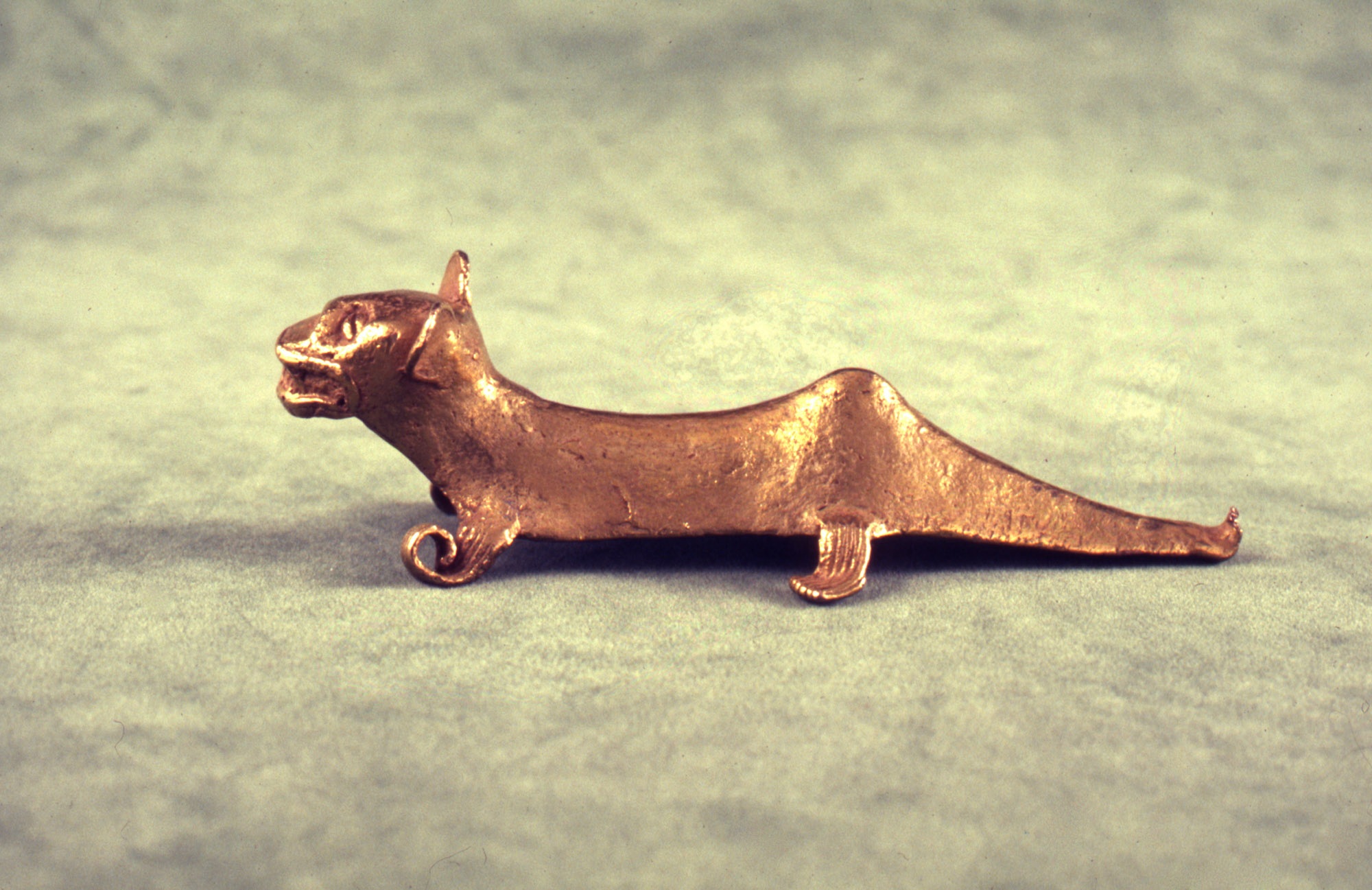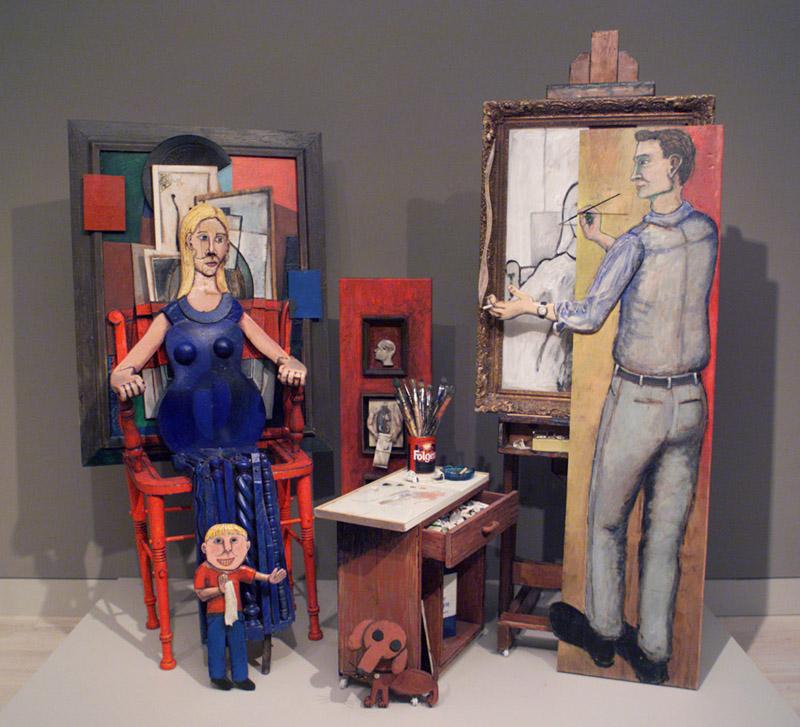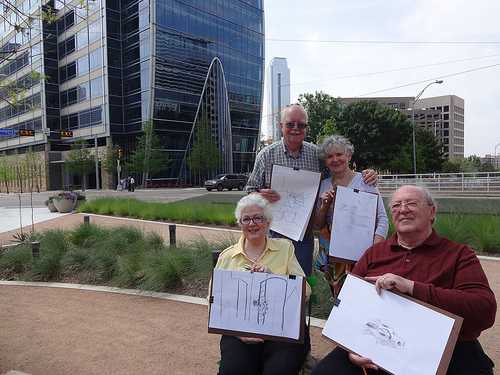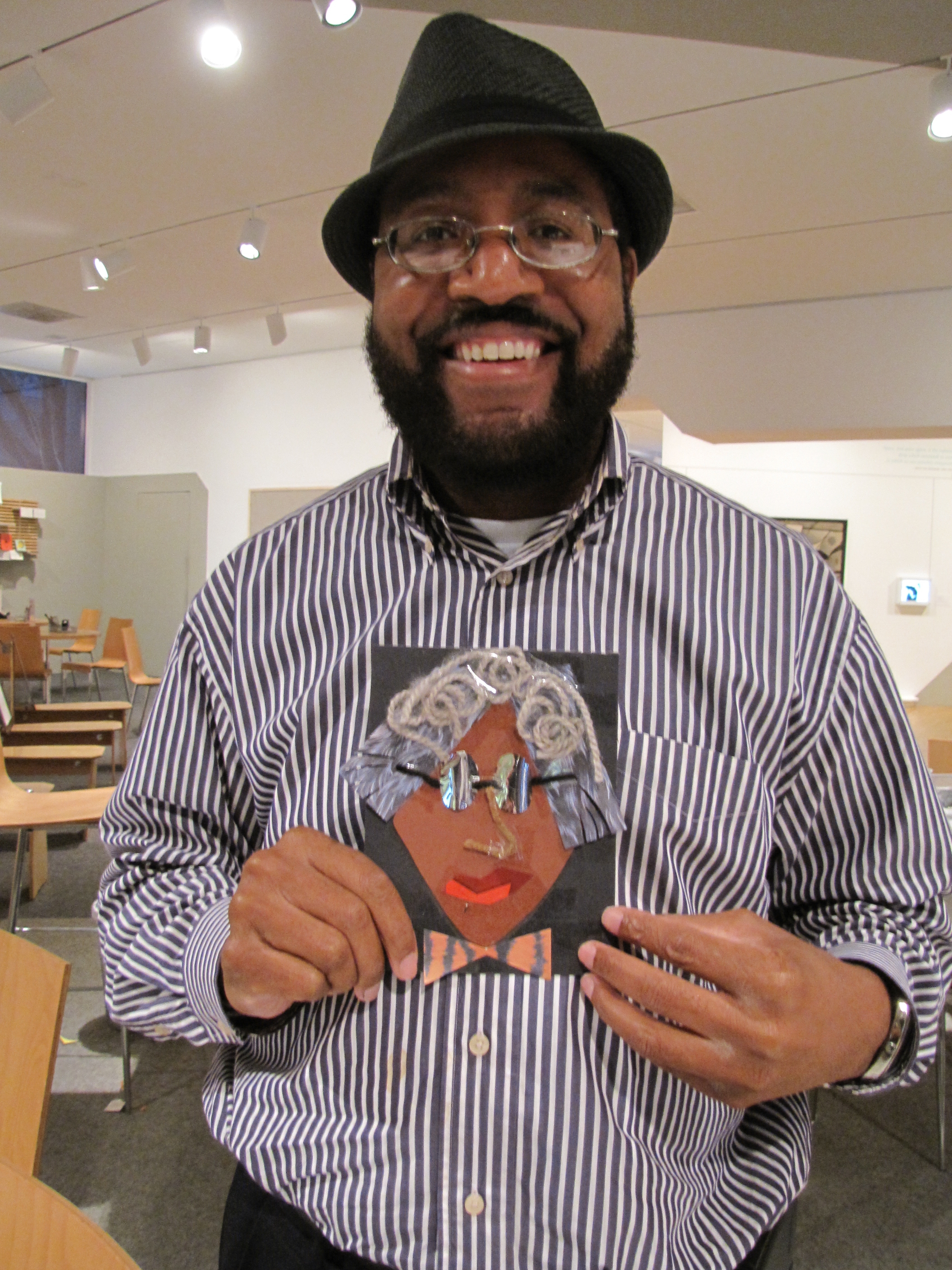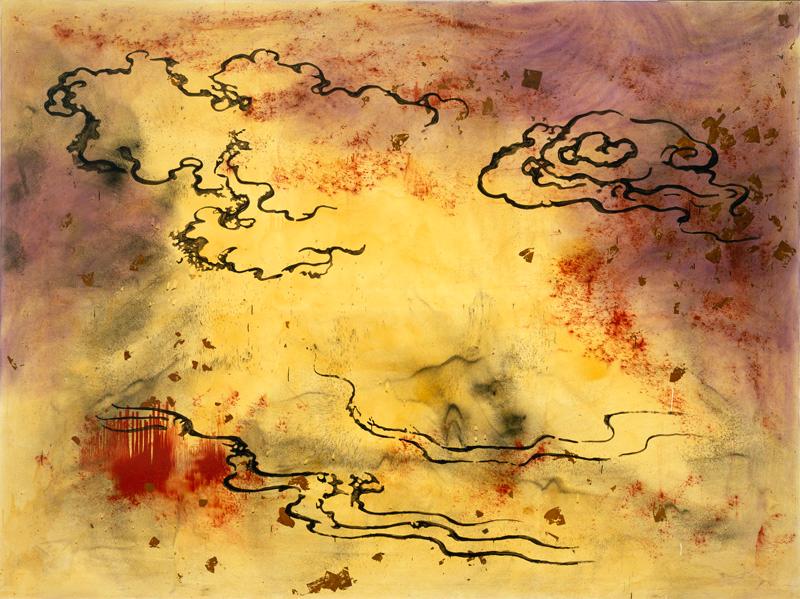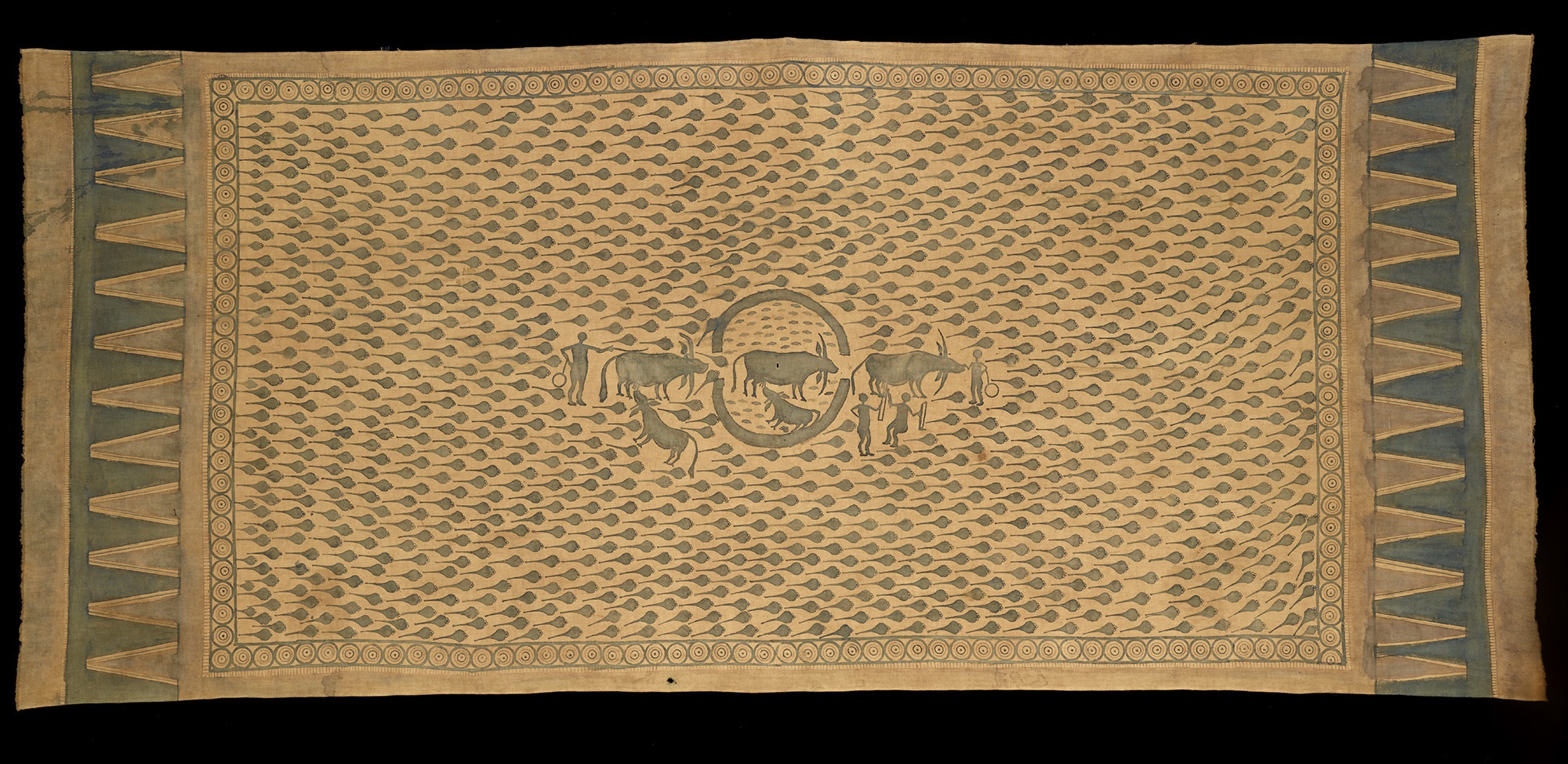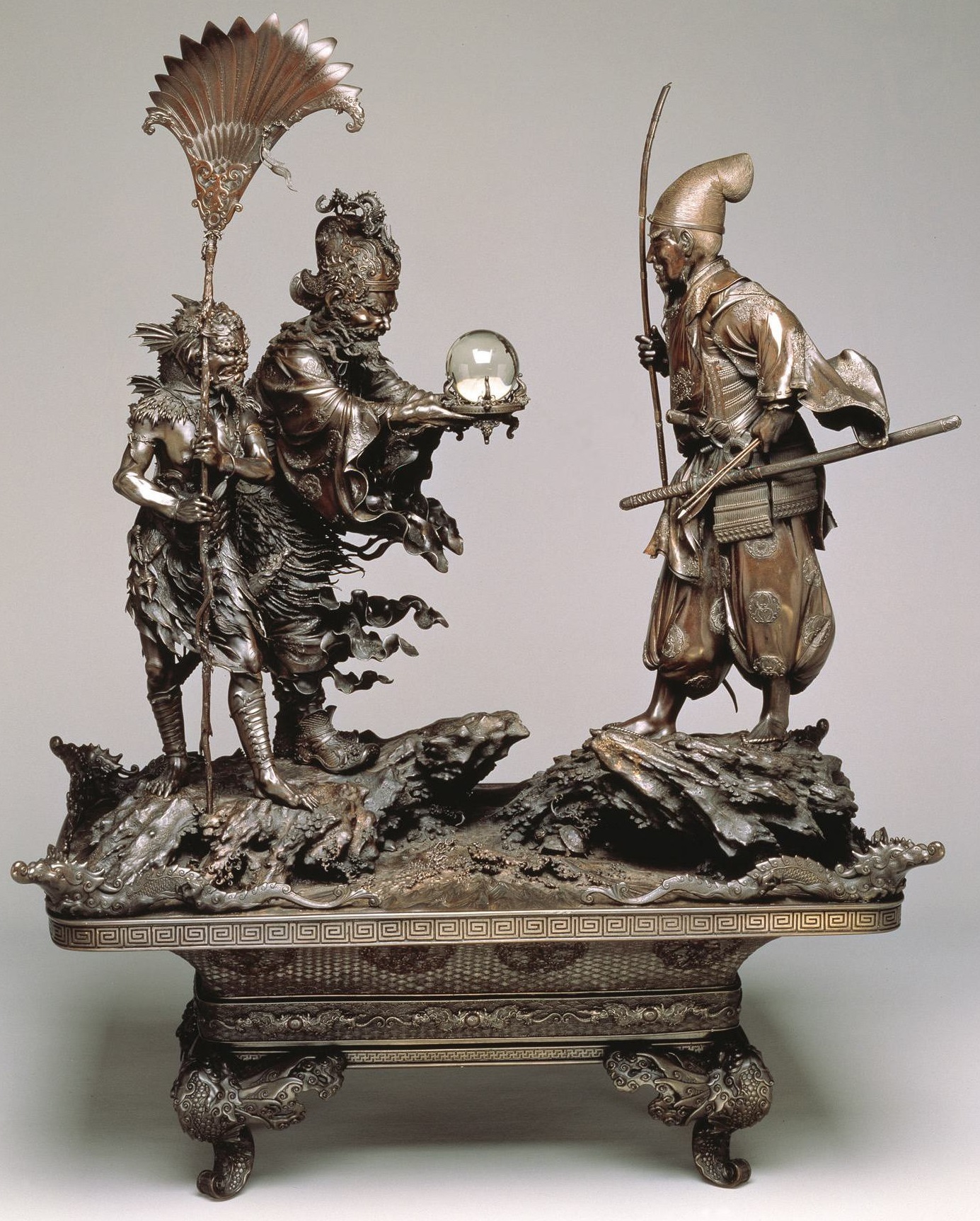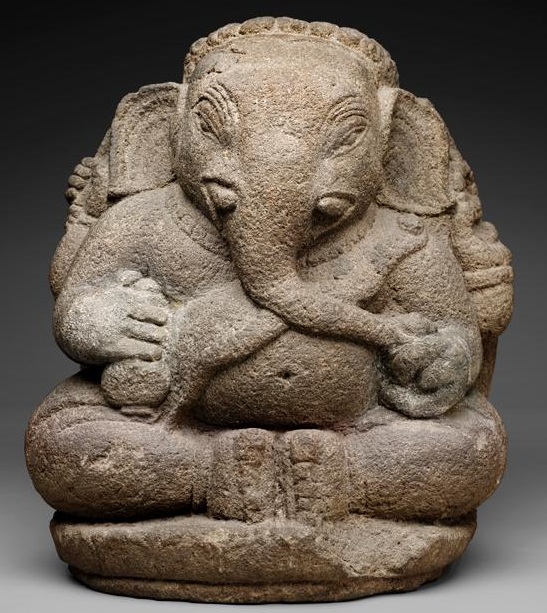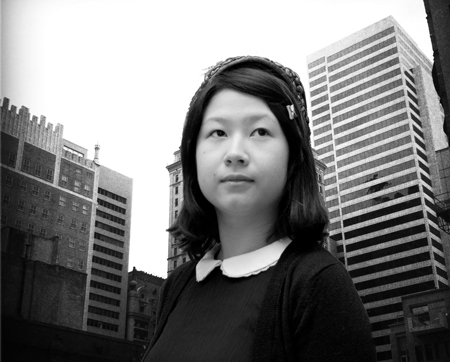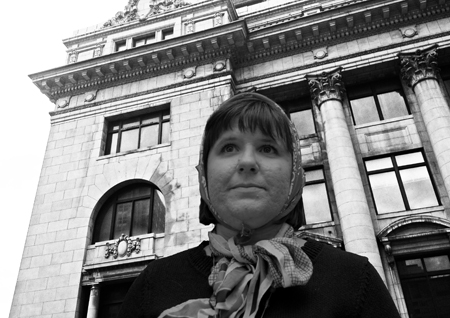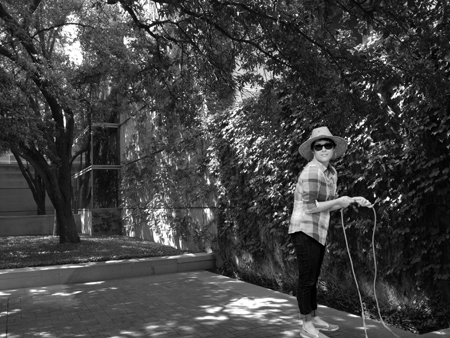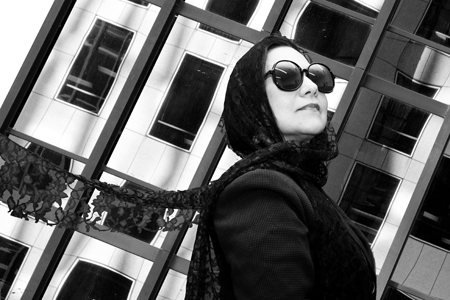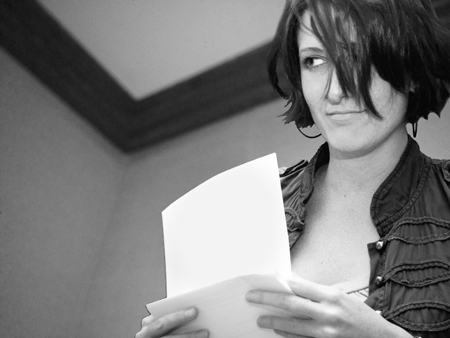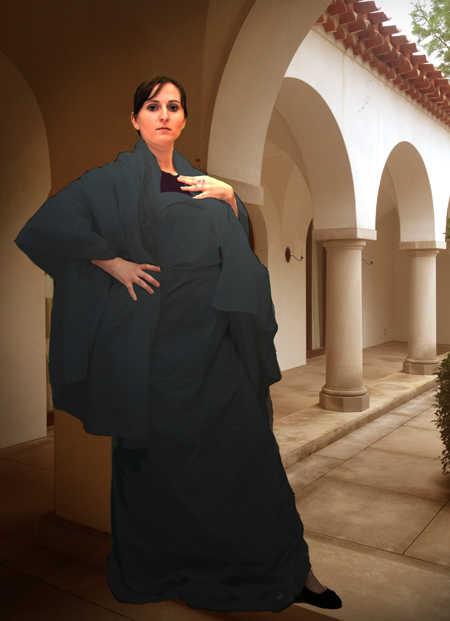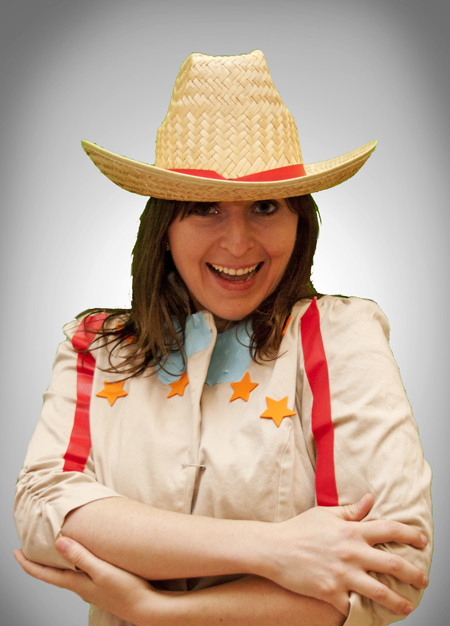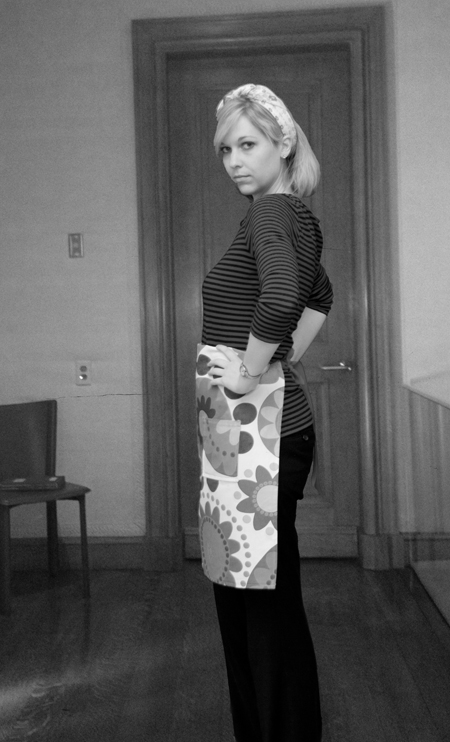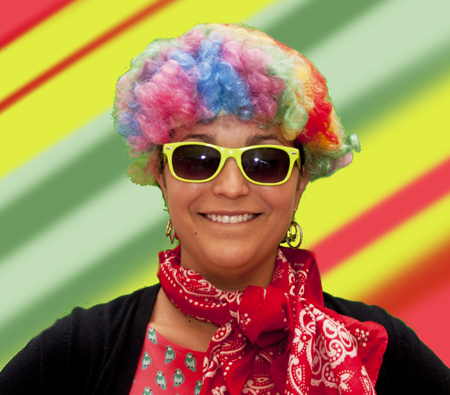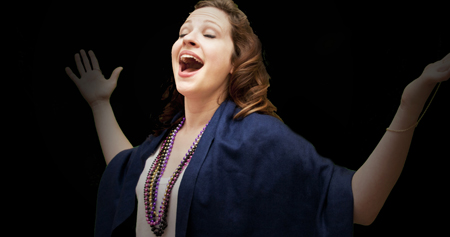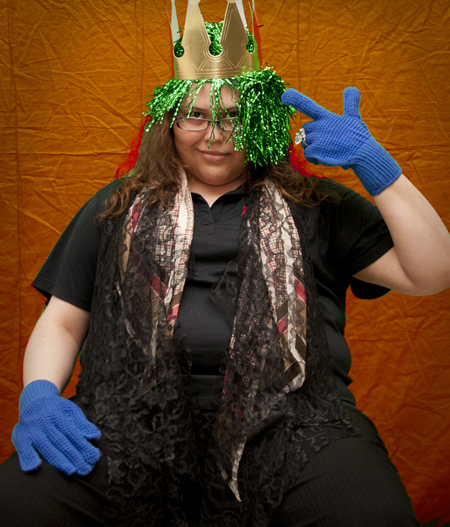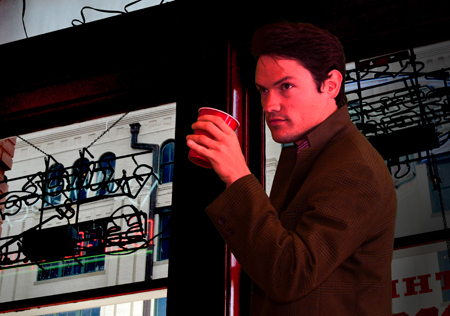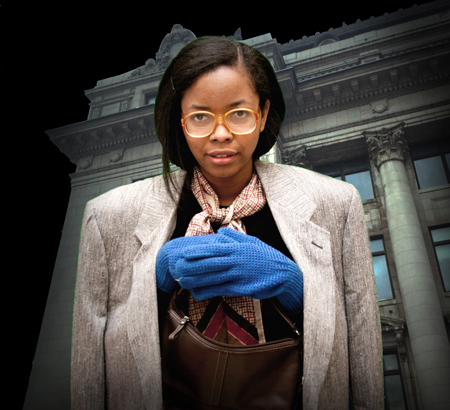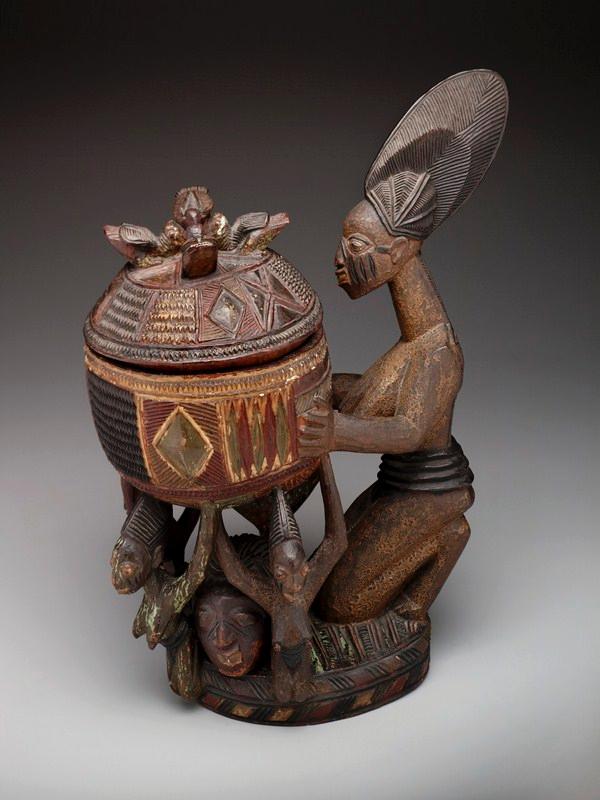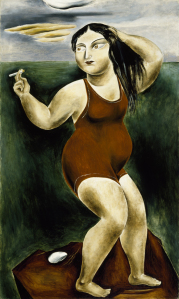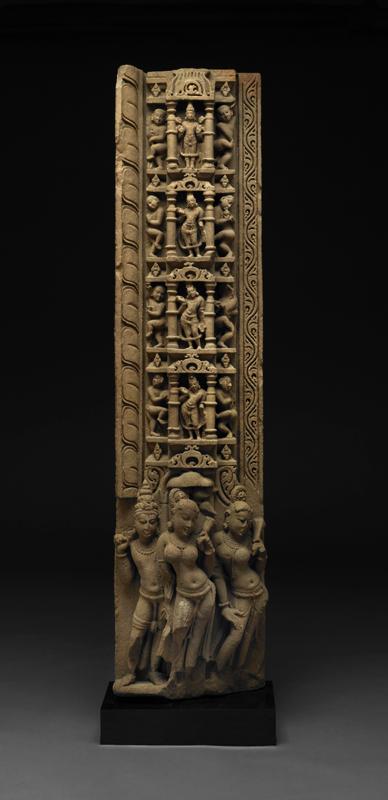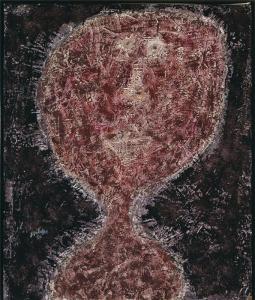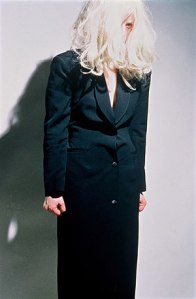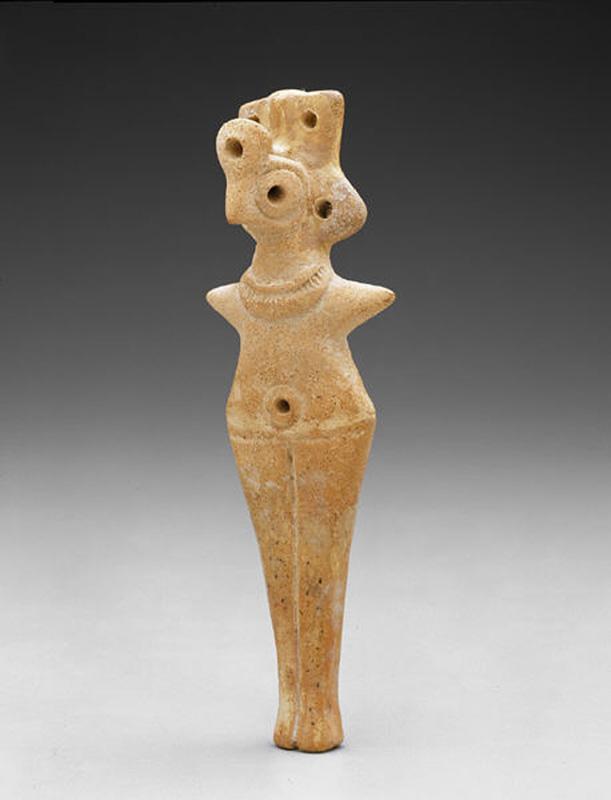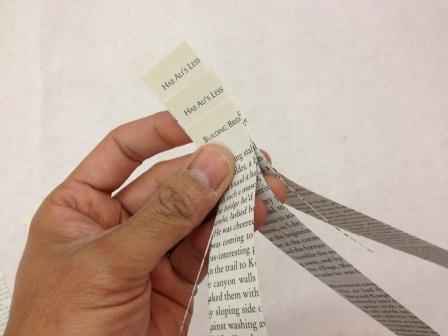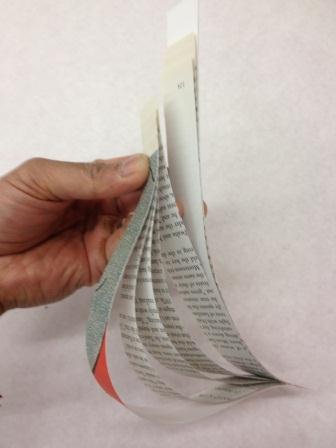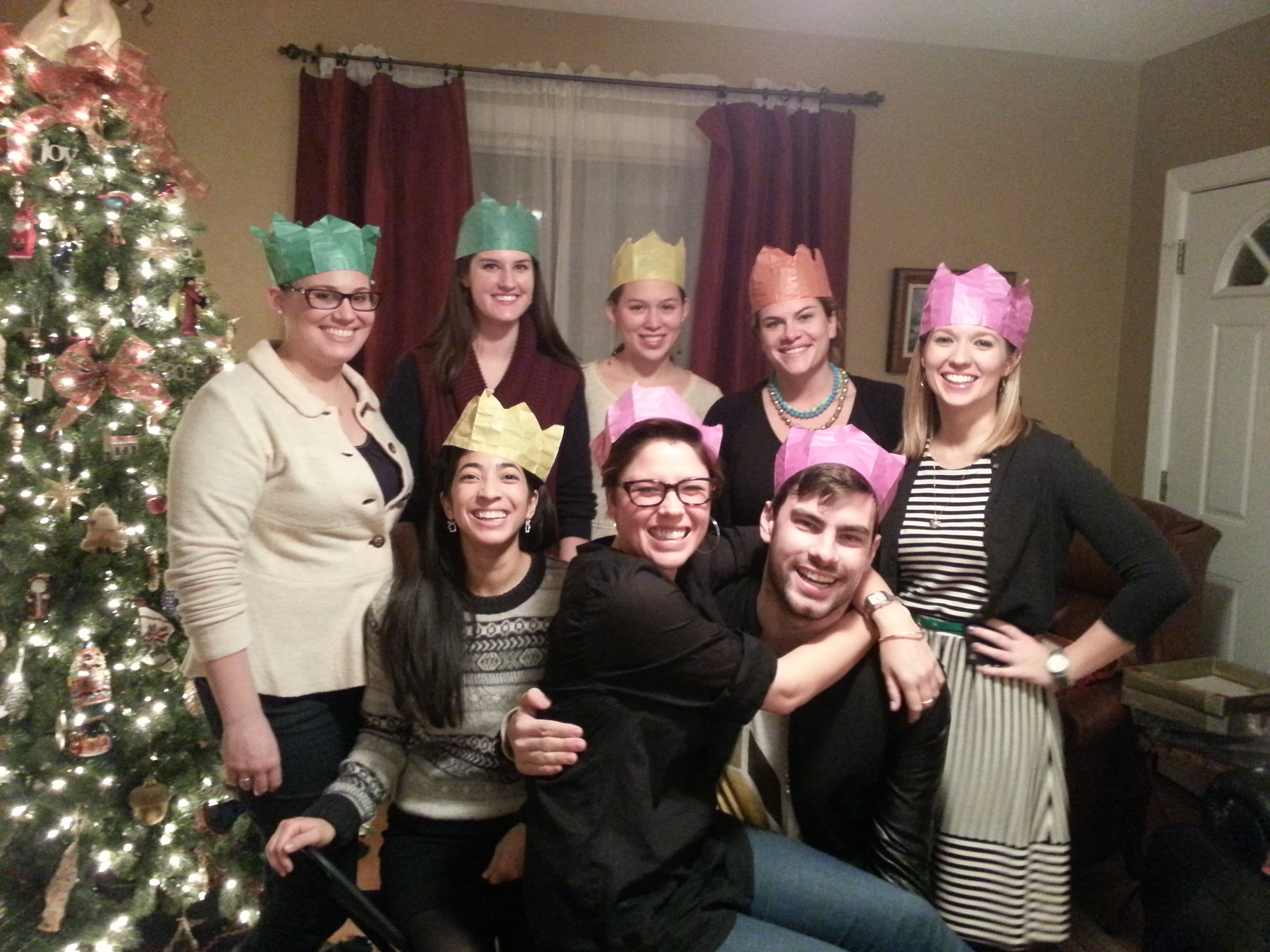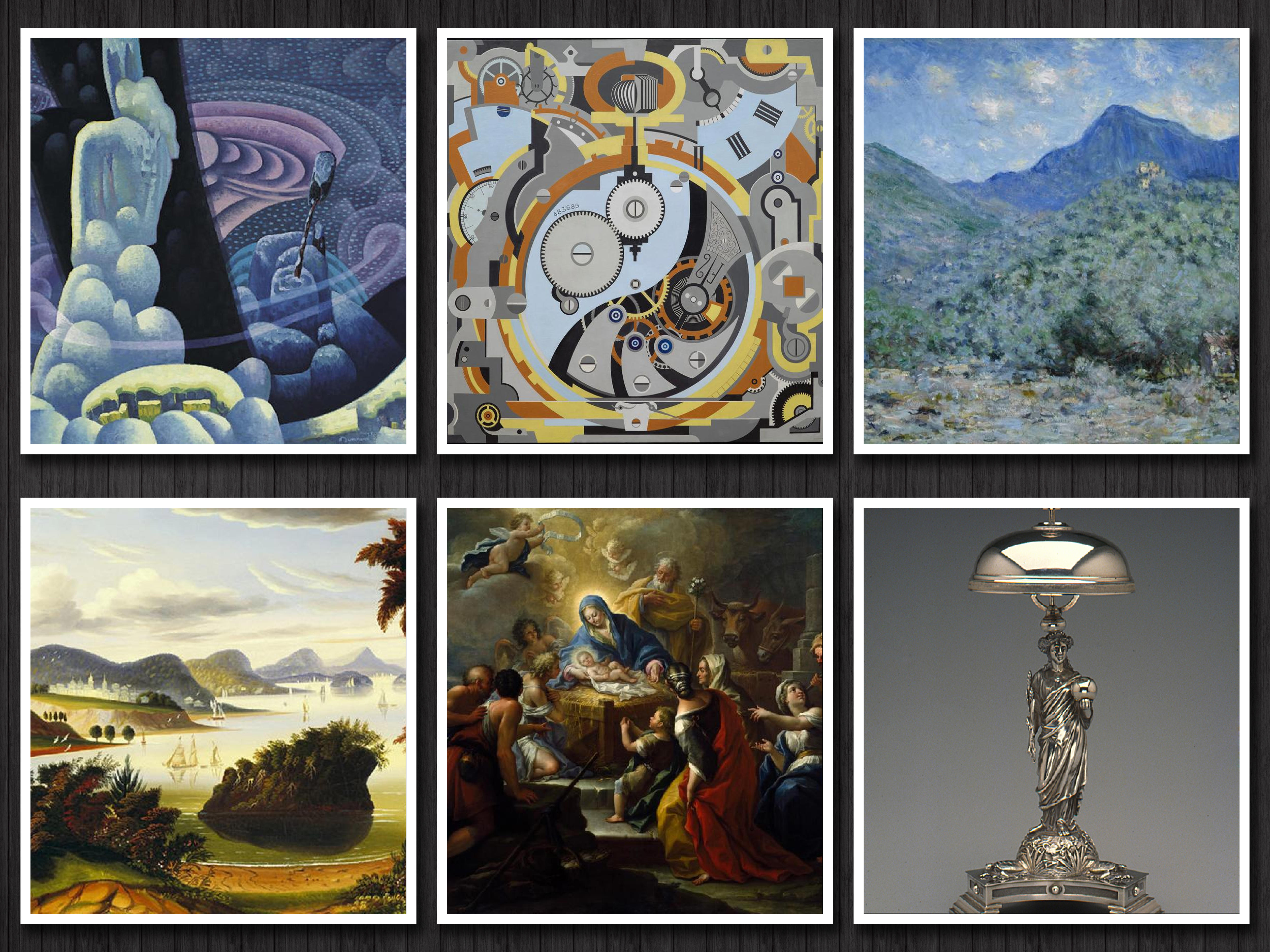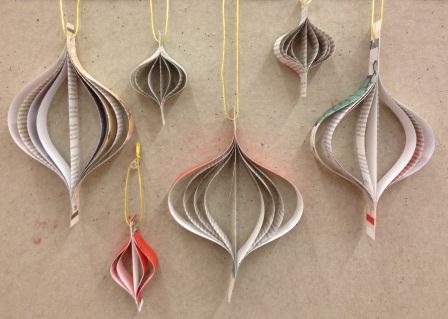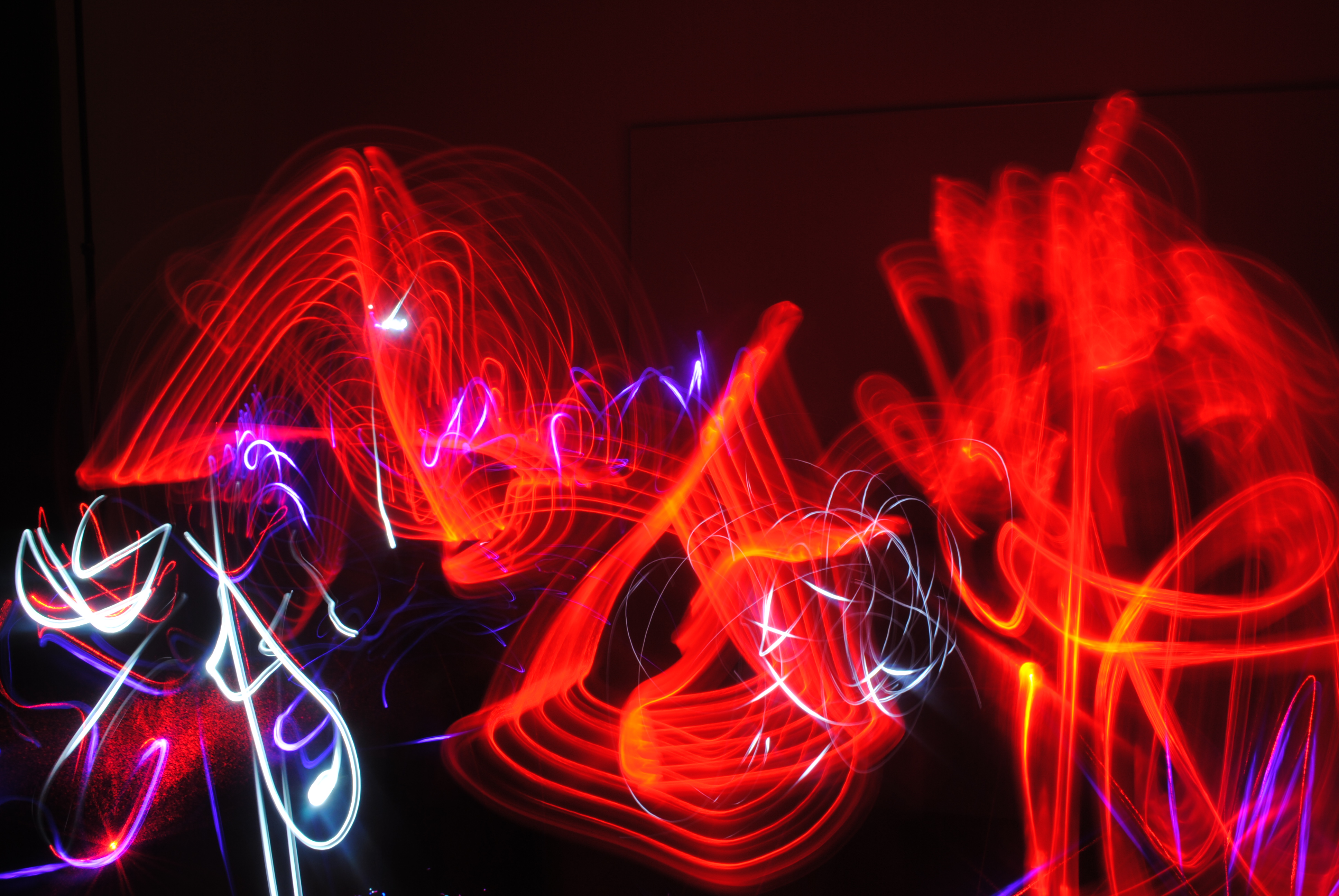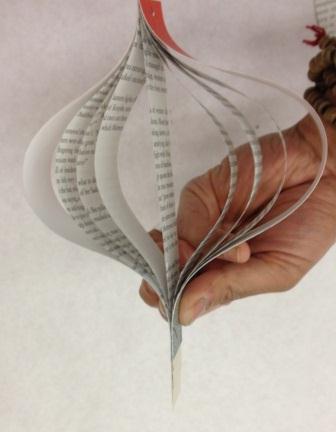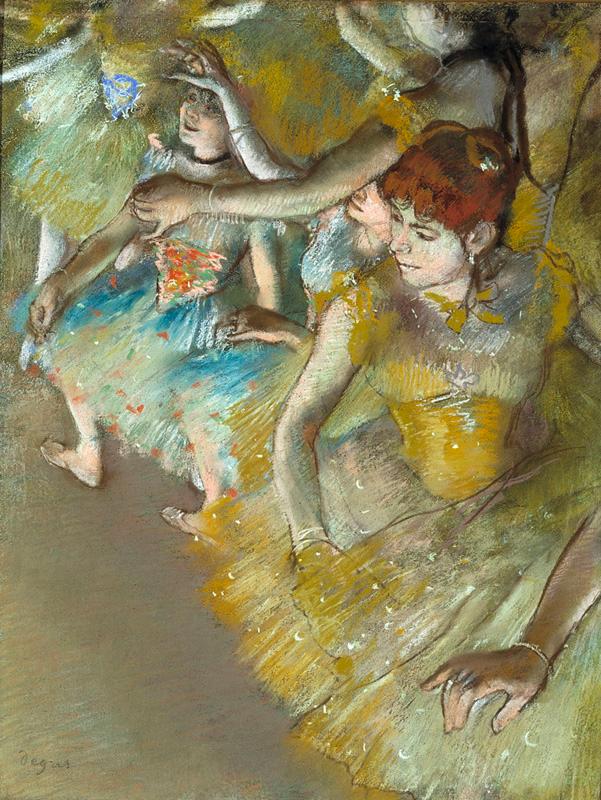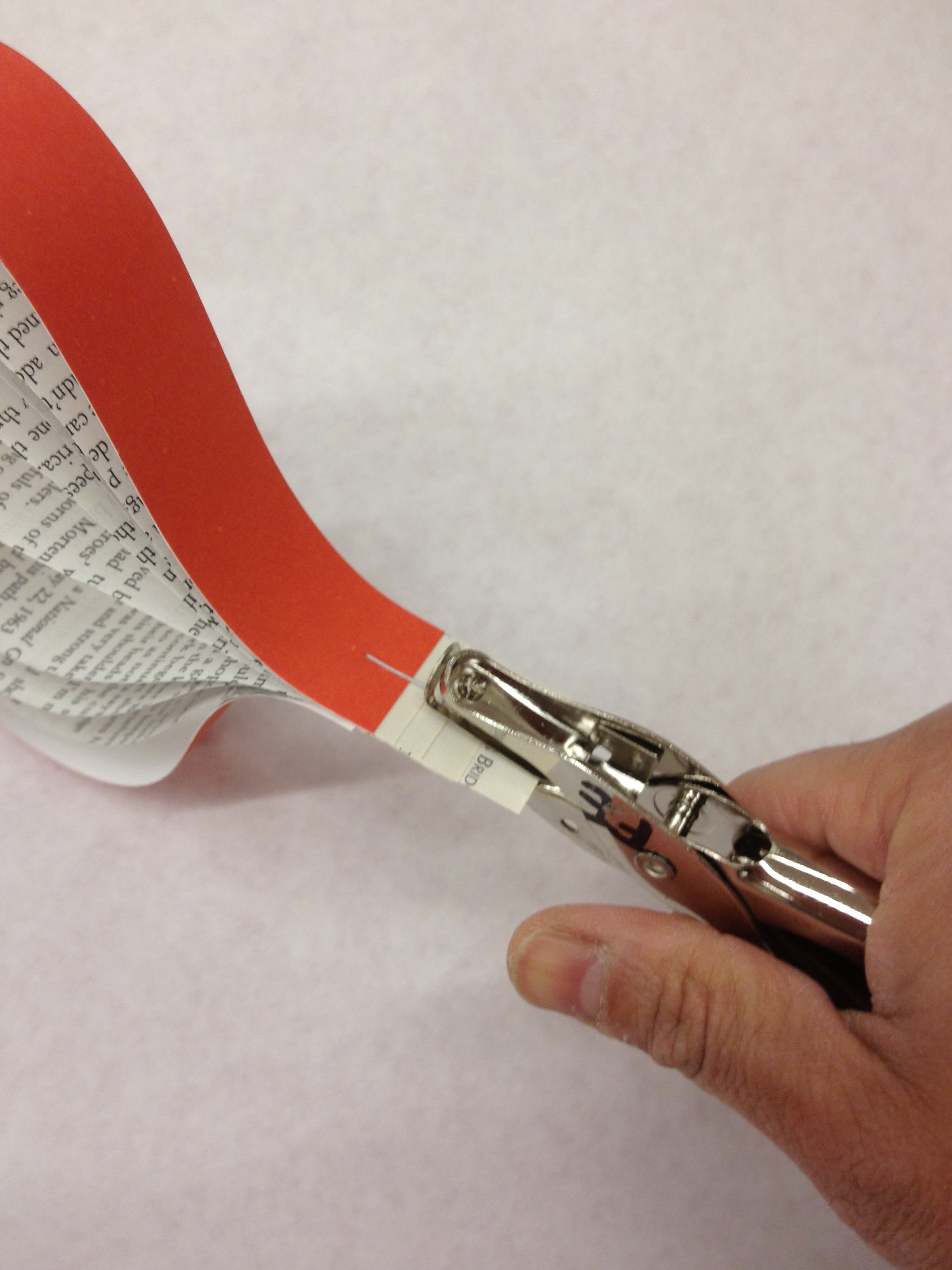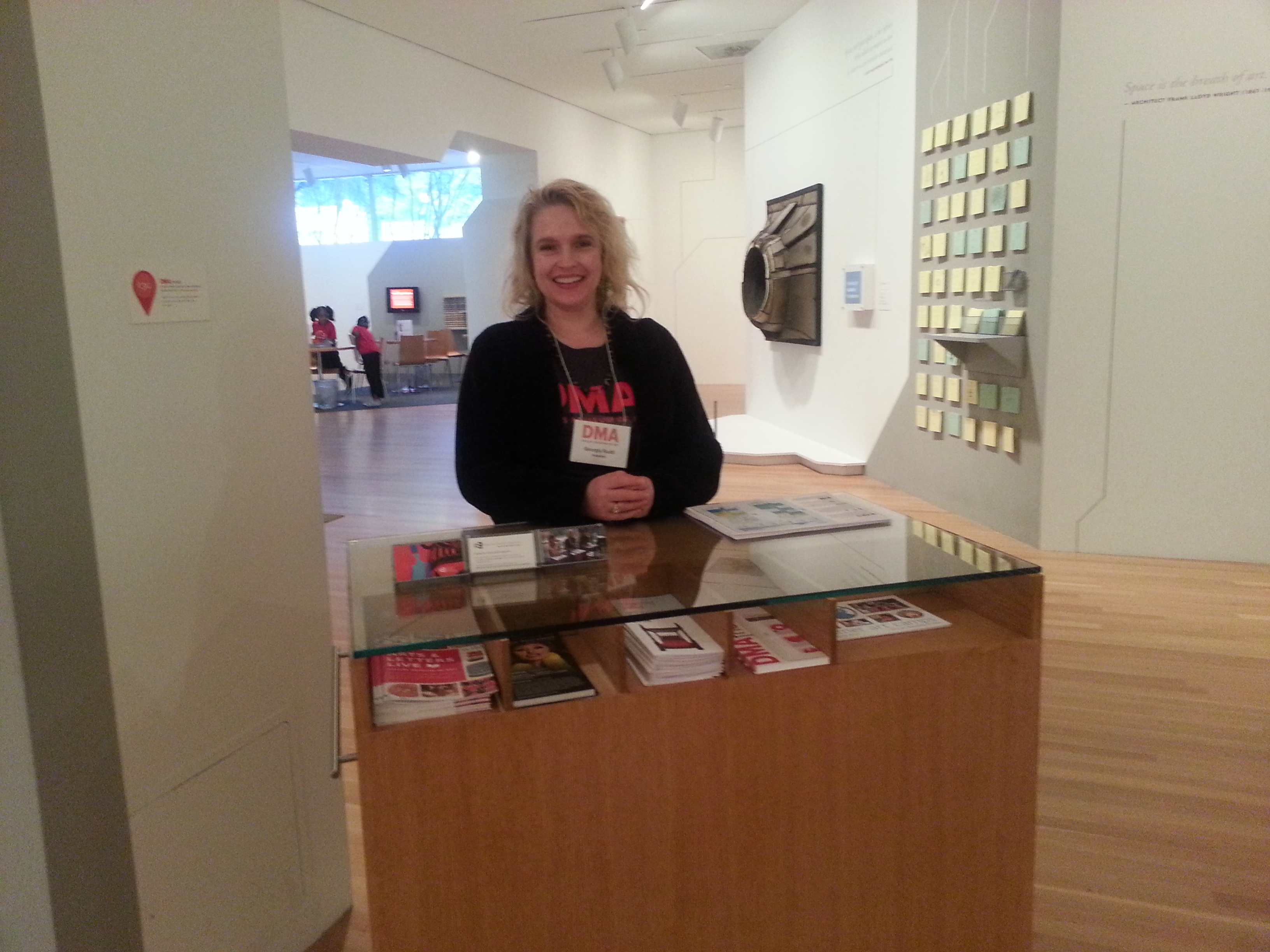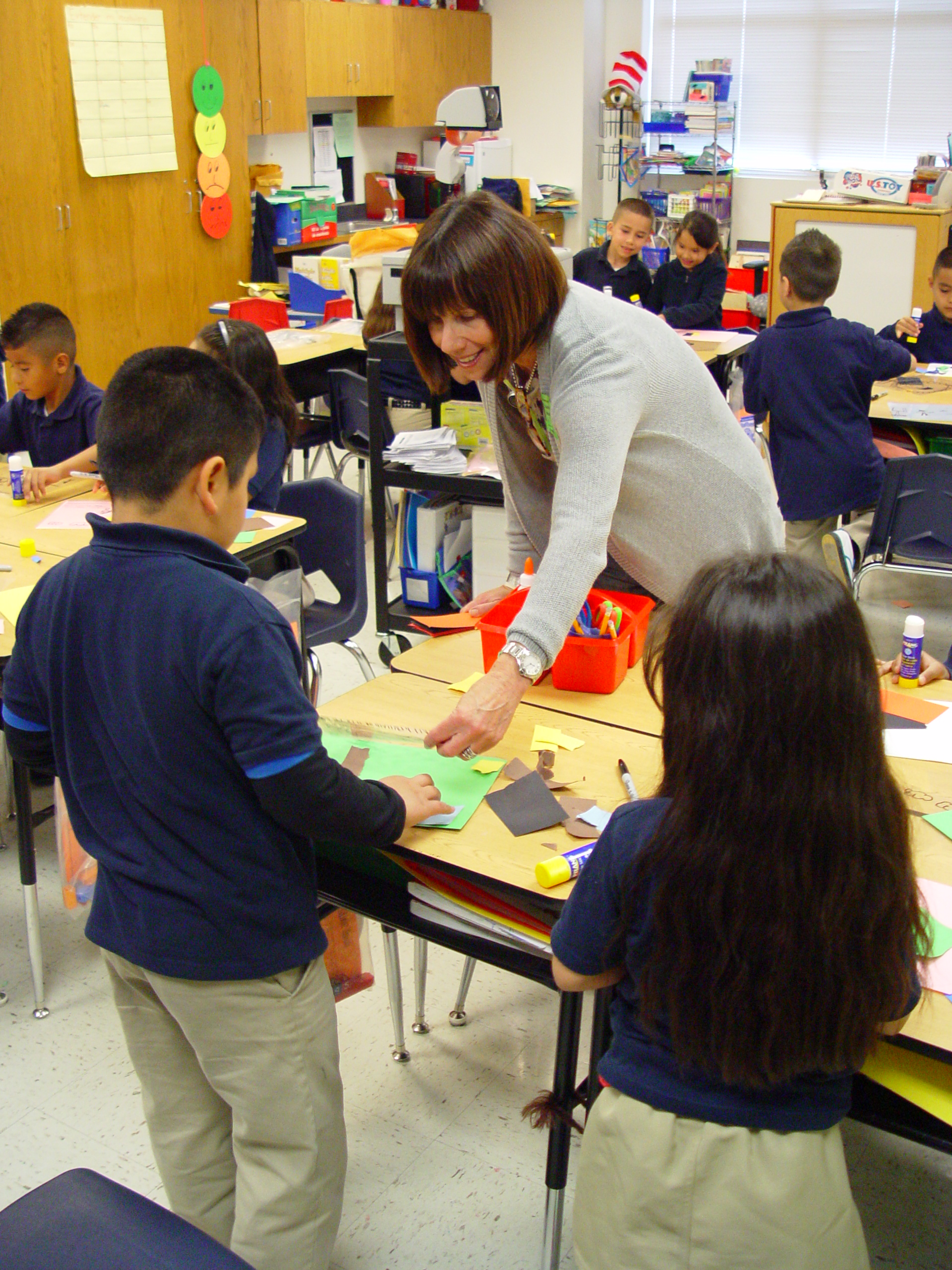Today is the last day at the Dallas Museum of Art for the 2012-2013 McDermott Interns. Pilar and I have had a great time working together for the Family, Access, and School Experiences team and writing for Canvas. We will miss the DMA and wanted to reflect on our time here.
3 things I learned at the DMA:
- I have learned that elementary school girls are obsessed with One Direction! In spending lots of time teaching our Go van Gogh outreach programs, I’ve gained quite an insight as to what’s cool these days (hint, it’s not me).
- While I am a McDermott education intern, there are also four McDermott curatorial interns with whom we share office space. I have learned so much about the curatorial side of the museum field through daily interactions with these awesome future curators!
- I have had the amazing opportunity to learn how to teach in a formal classroom setting through Go van Gogh. This experience has allowed me to understand the differences in practice between formal and informal instruction styles.
Favorite part of the internship:
I was able to develop a new Go van Gogh curriculum that is based on American History as told by DMA artworks. I not only learned a ton about the editing and review process that takes place at a large institution, but I also had a great refresher course on American history!
Post-internship plans:
I will be doing lots of travelling this summer: Colorado, New Mexico, Amsterdam, the south of France, and Spain! After which, I’ll end up in Vancouver where I will be starting in the Master of Museum Education program at the University of British Columbia.
Pilar Wong
McDermott Intern for Community Teaching
3 things I learned at the DMA:
- I’ve really enjoyed working with our docent corps of about 100 volunteers. They are an enthusiastic, intelligent, generous bunch. I’ve learned a great deal from the DMA docents, and I will miss working with them.
- As the Gallery Teaching Intern, I toured mainly with elementary school students. That age group consistently offered refreshing interpretations of works of art, and their enthusiasm and frankness is something to which more adults, myself included, should aspire.
- I’ve definitely learned the importance of flexibility and openness. Some of the best experiences I’ve had have resulted from spontaneous changes – whether filling in last-minute for a docent or allowing visitors to choose what they want to see and discuss.
Favorite part of the internship:
I loved writing docent guides. These guides help introduce the docents to special exhibitions and the DMA’s permanent collection. They offer art historical and contextual information, as well as ways to interpret these shows for a variety of audiences. It combines my interest in research and art history with my passion for education.
Post-internship plans:
I’ll be sticking around Dallas for June and July. Then I will embark on my version of The Great American Roadtrip as I head back to the east coast. In the fall I will begin the Arts in Education master’s program at the Harvard Graduate School of Education.
Alex Vargo
McDermott Intern for Gallery Teaching
Thank you to everyone who has helped make this experience so fulfilling. Have a great summer!
Sincerely,
2012-2013 McDermott Interns
